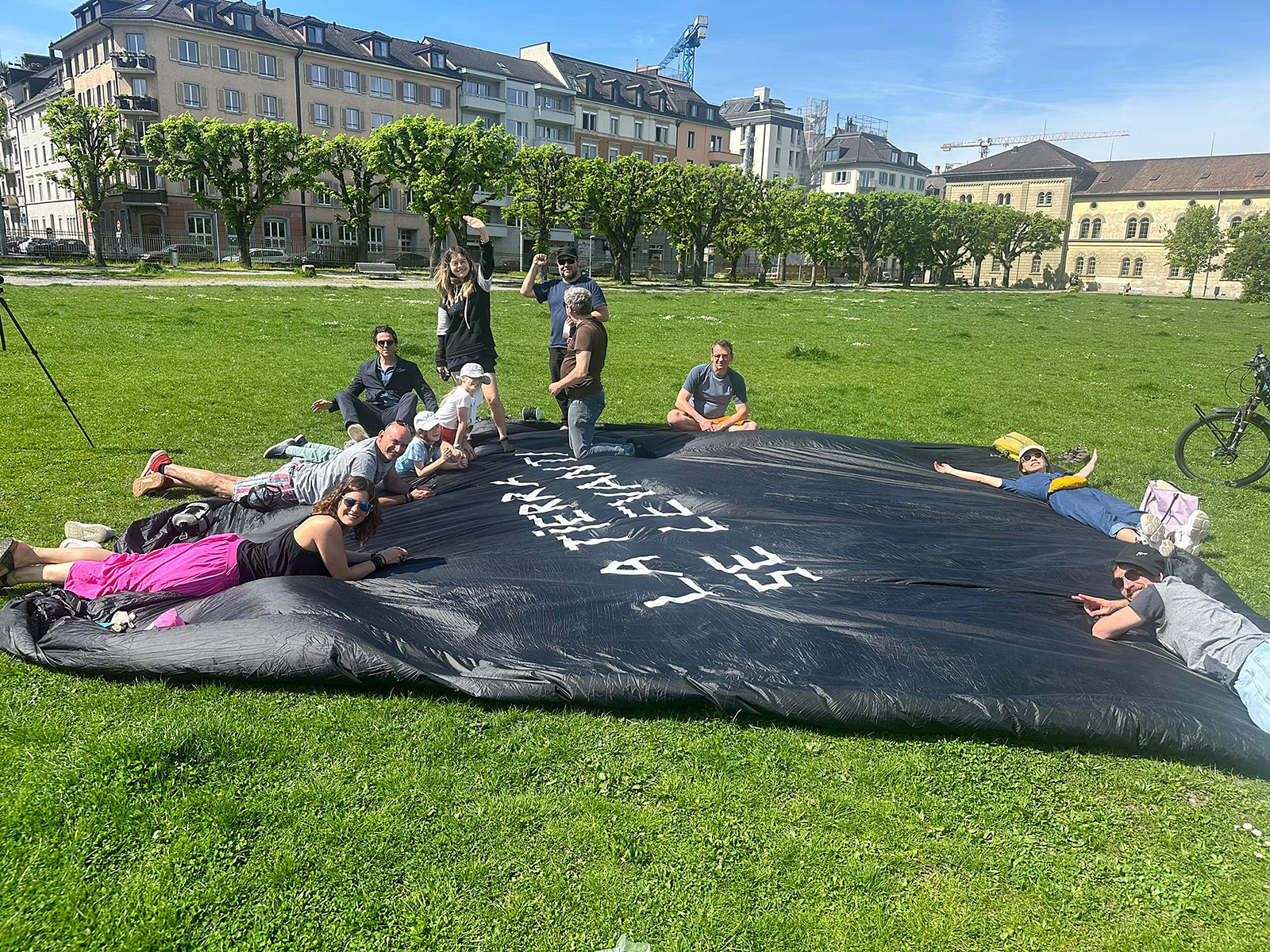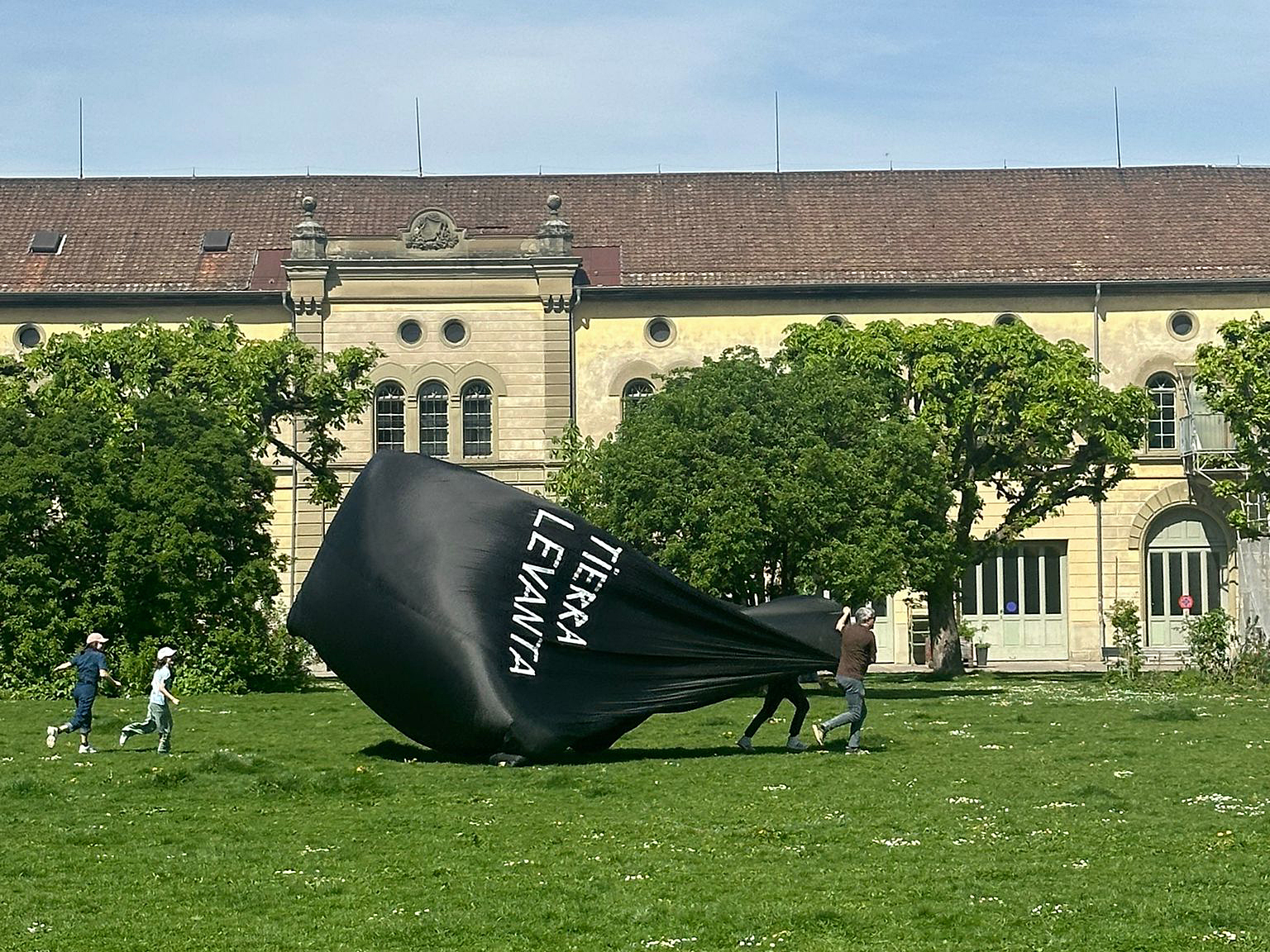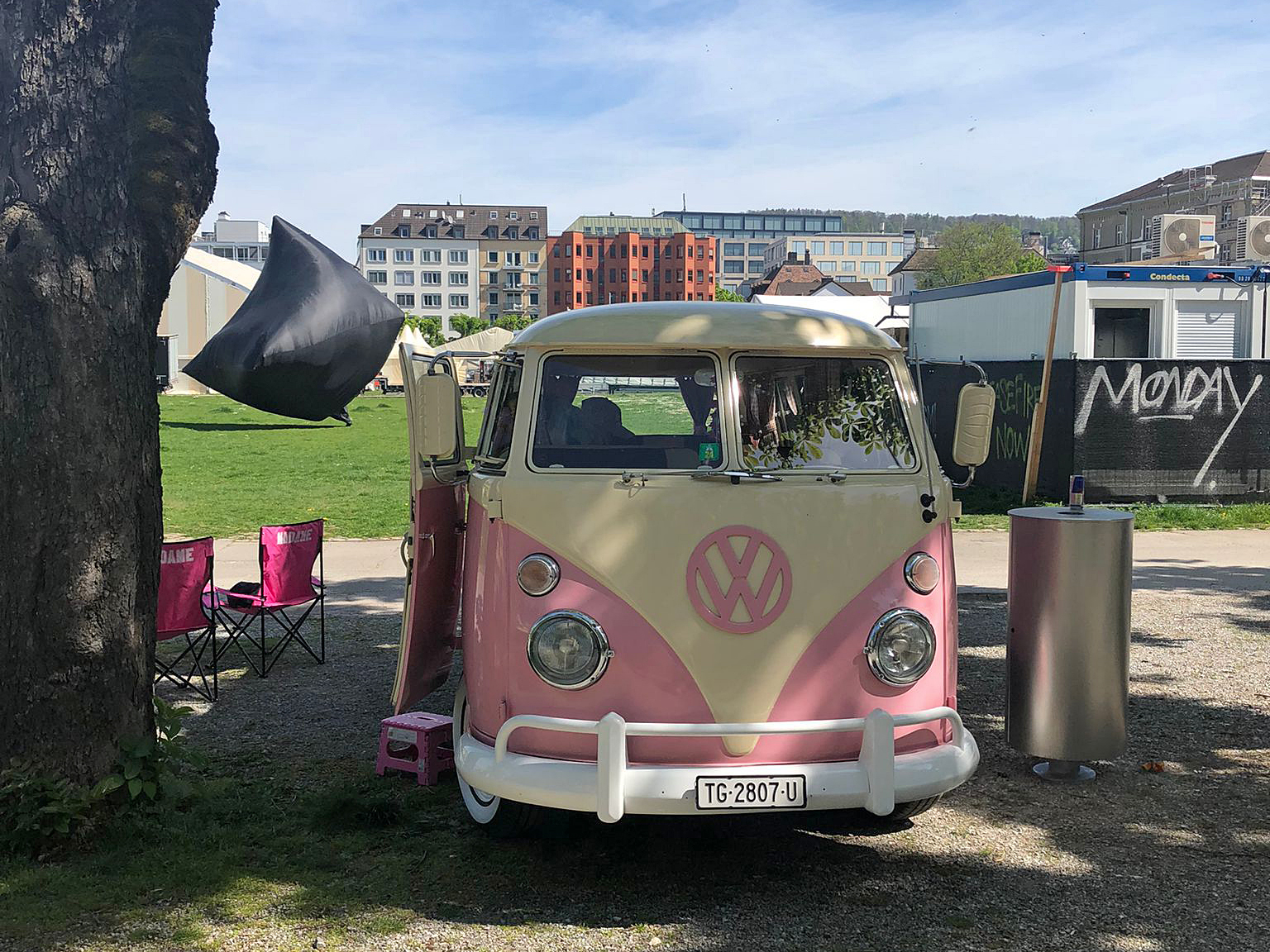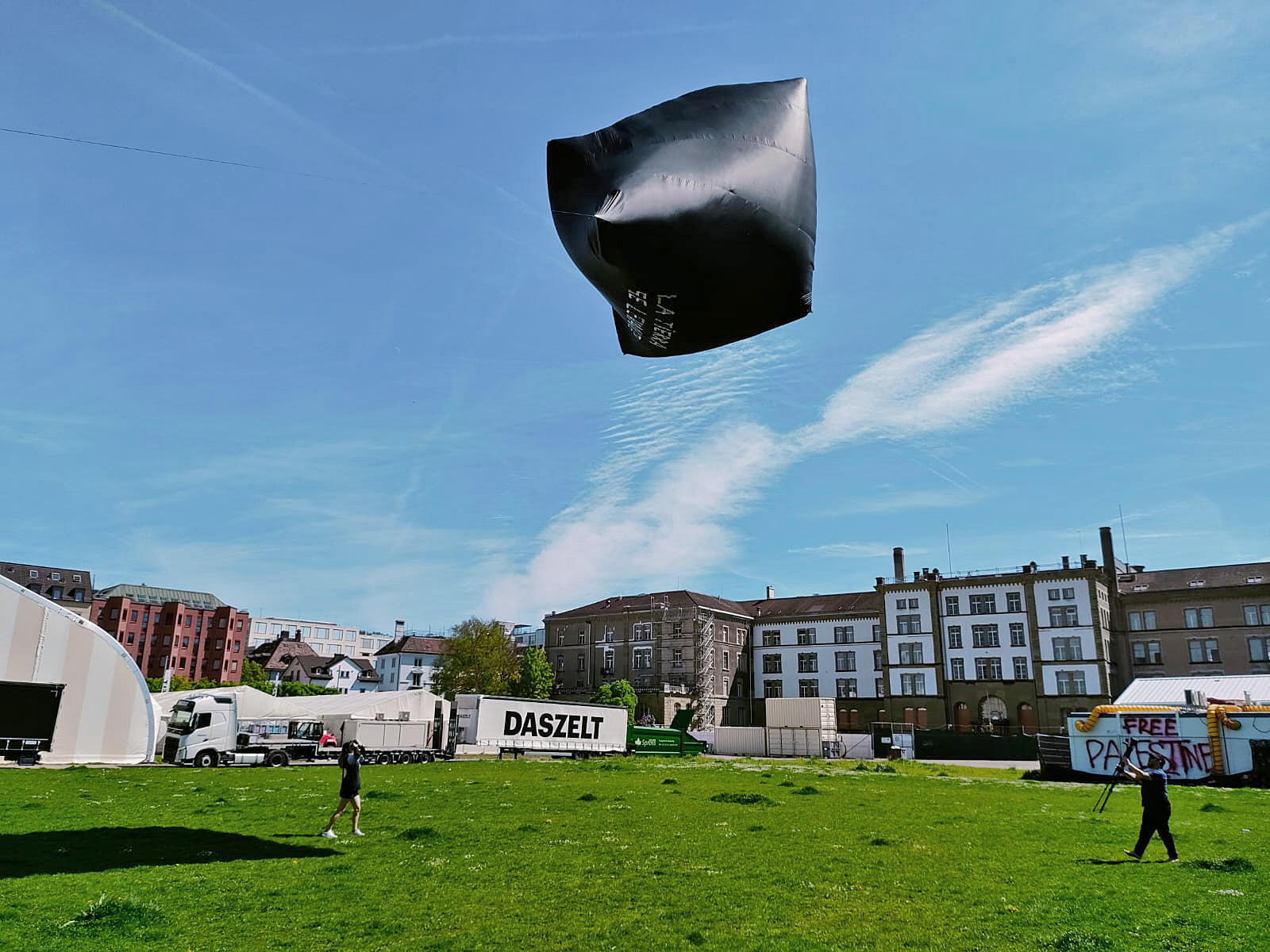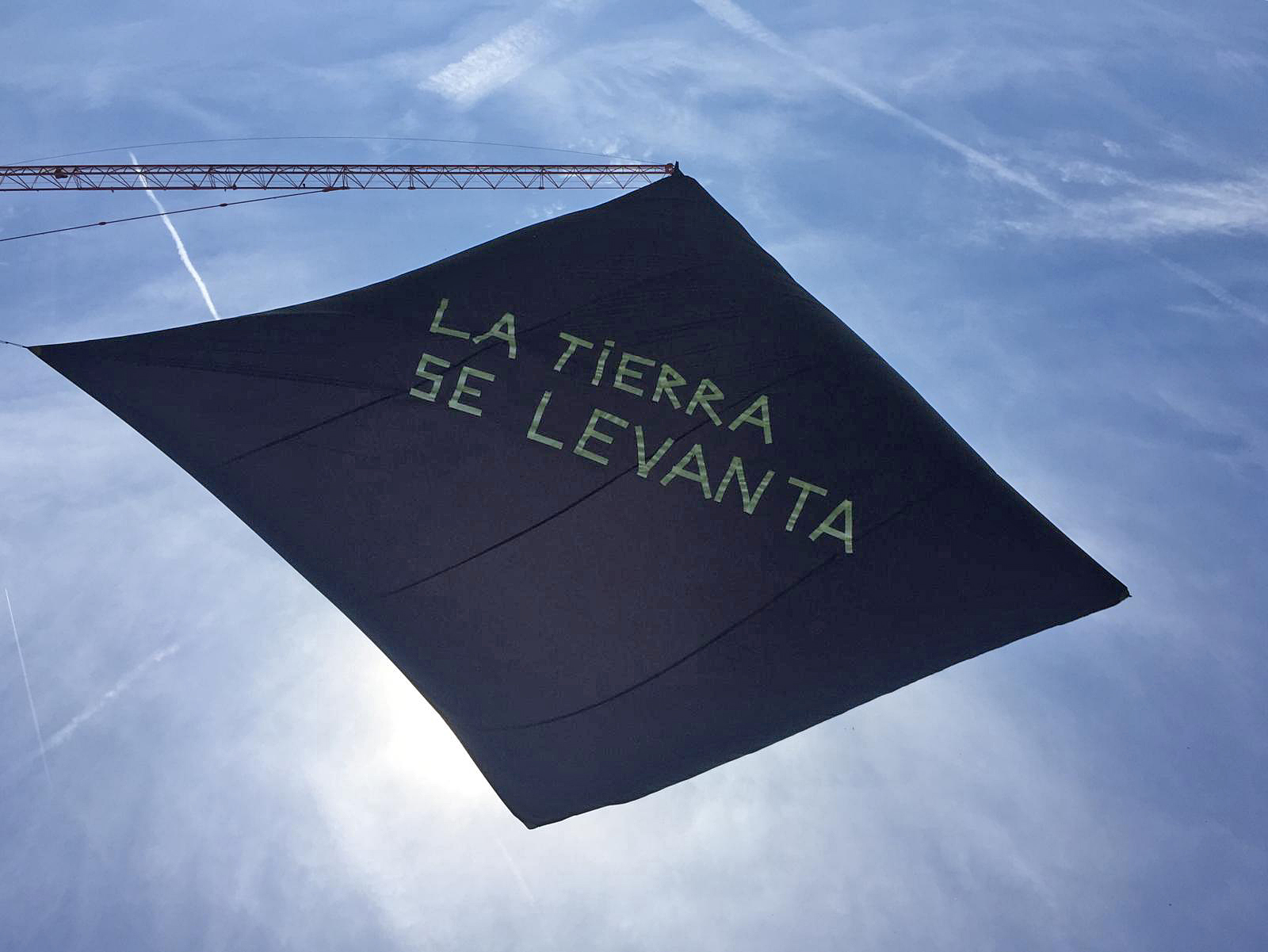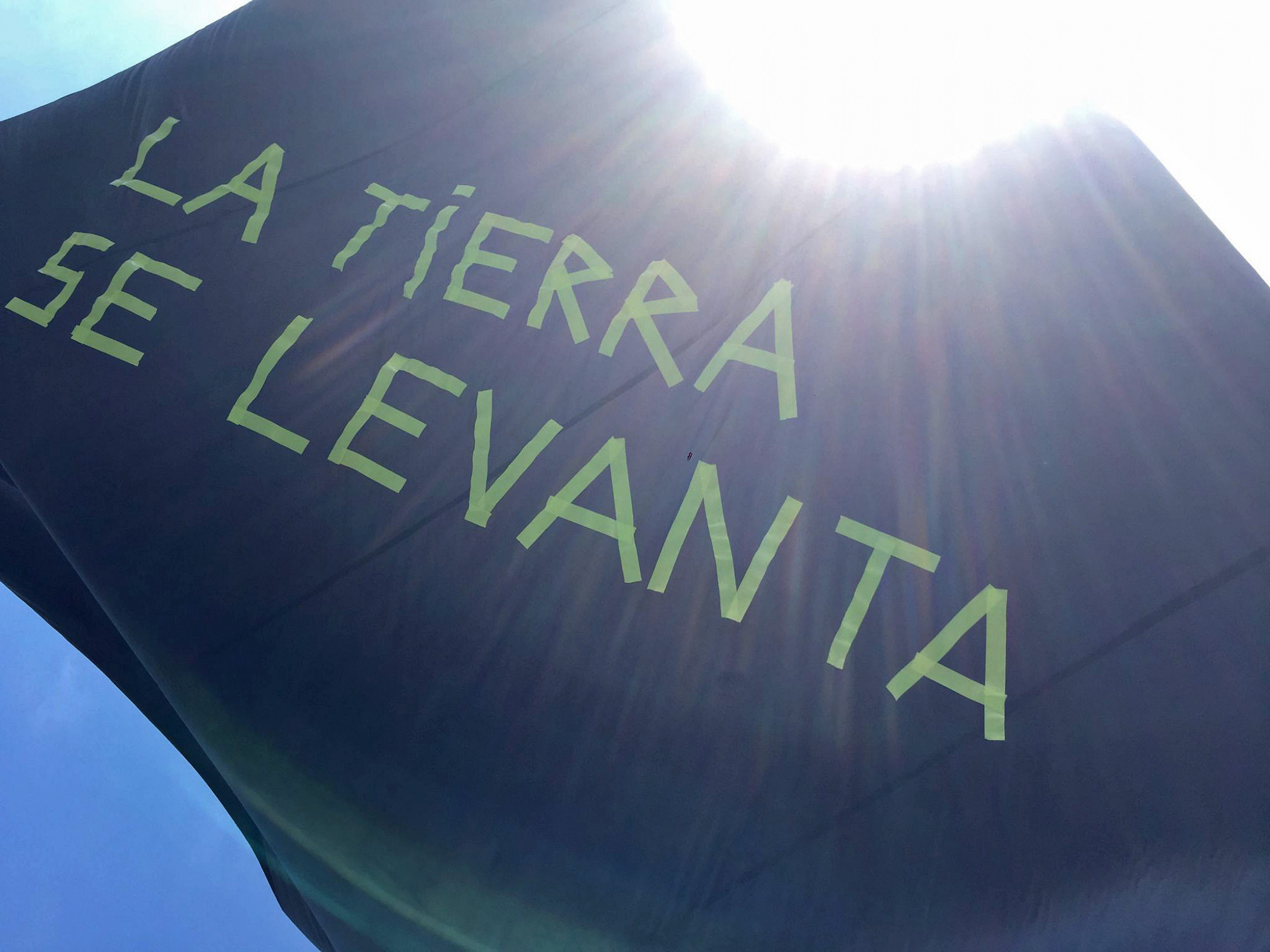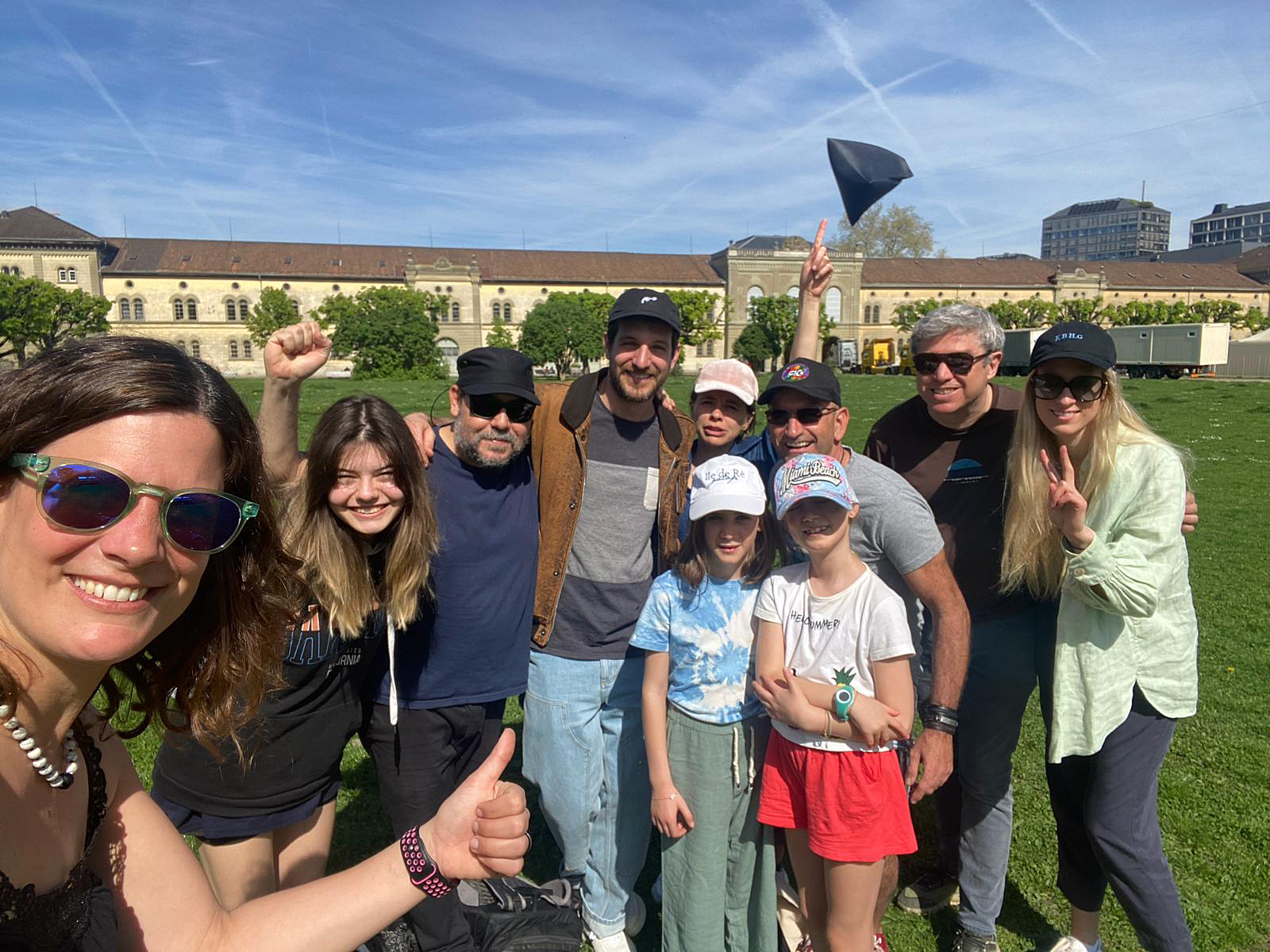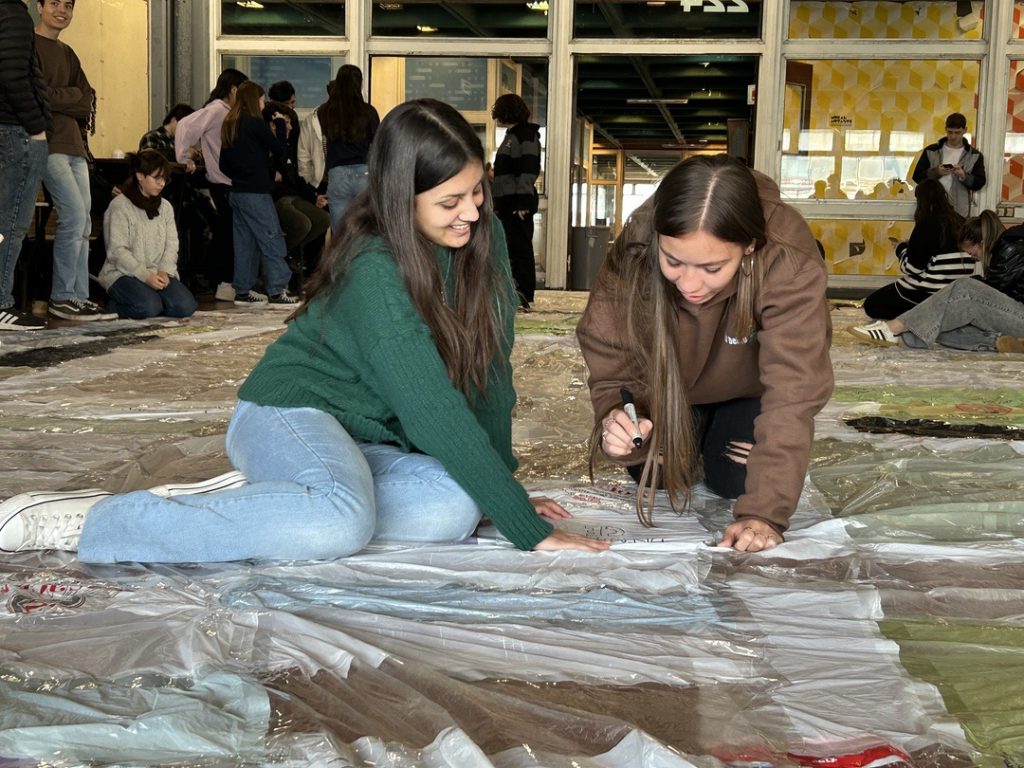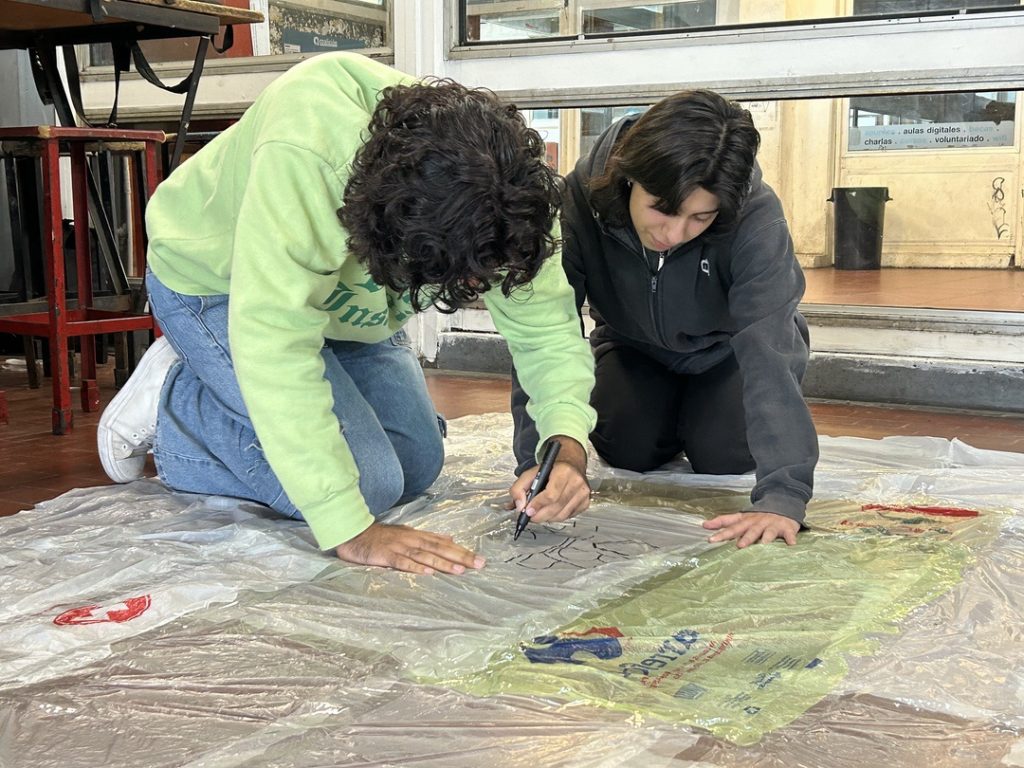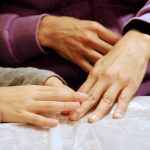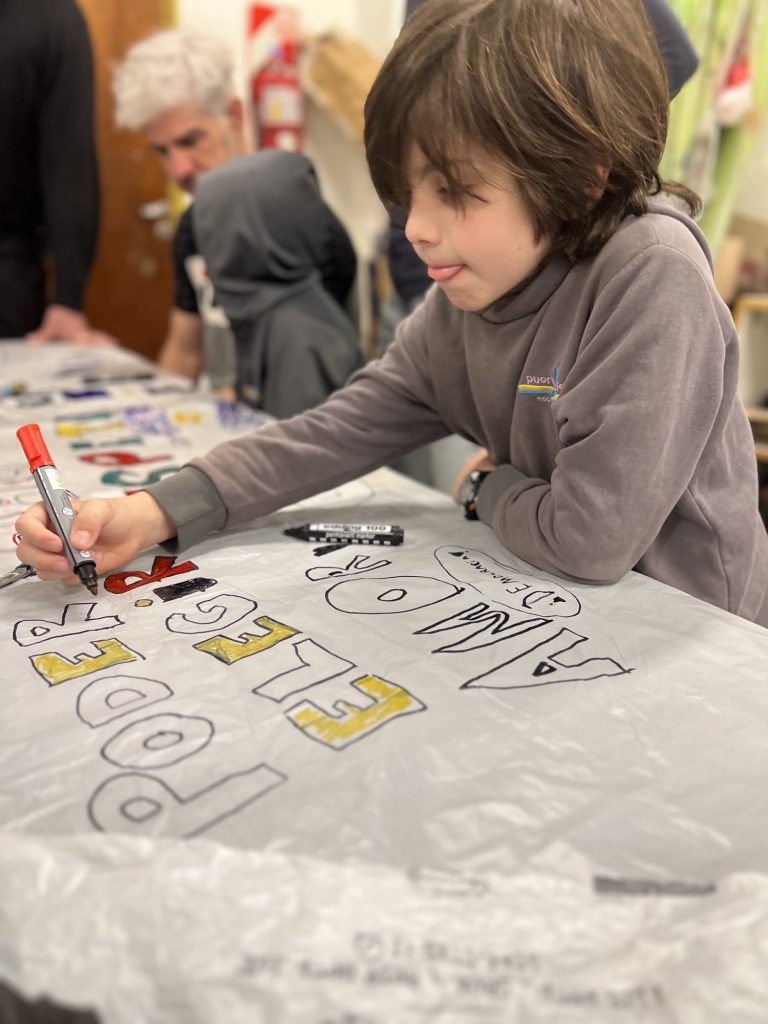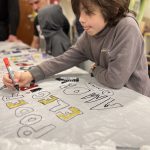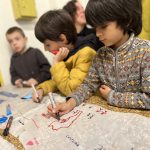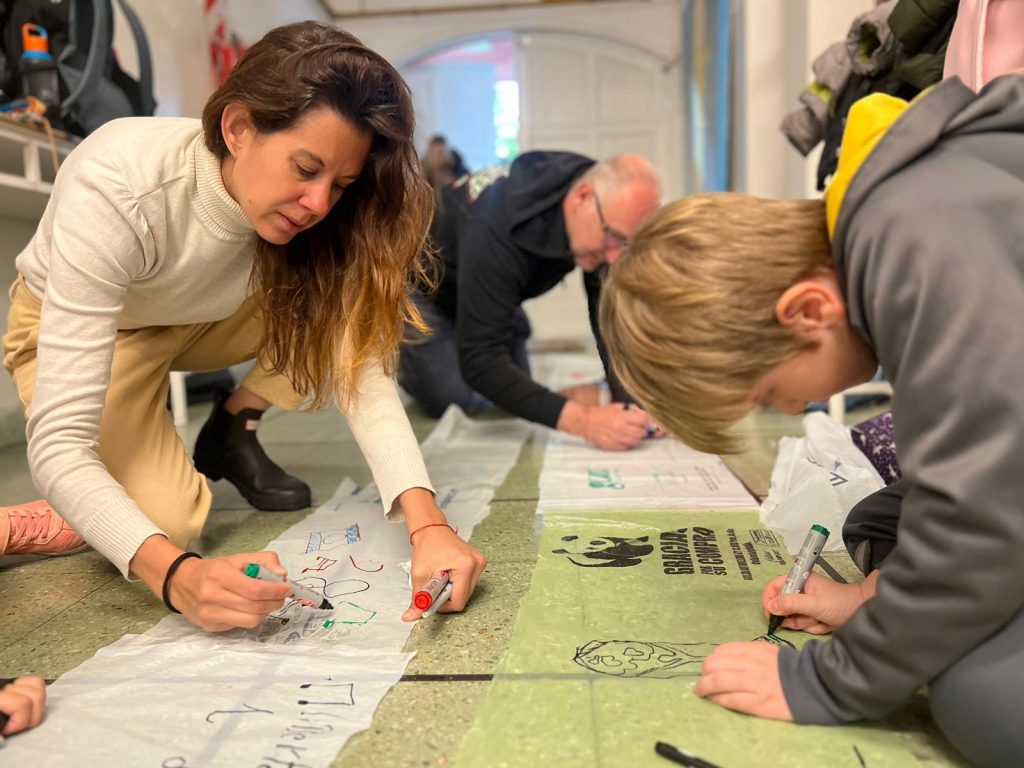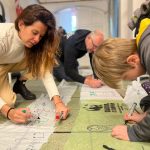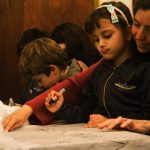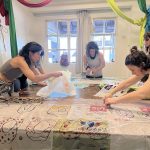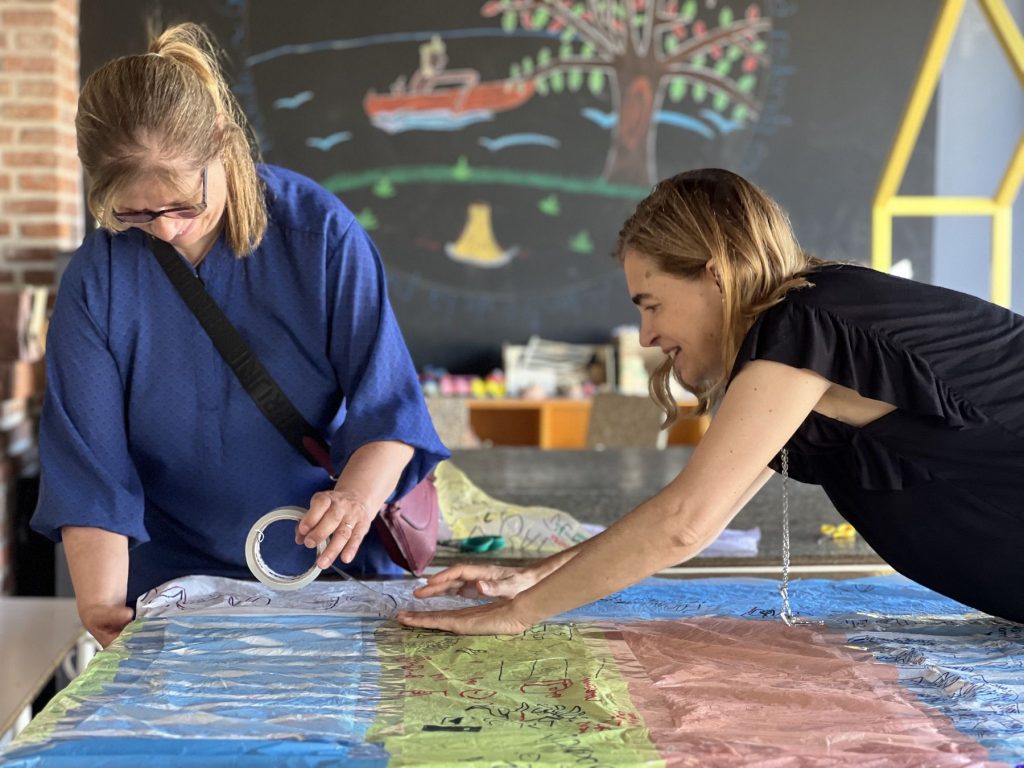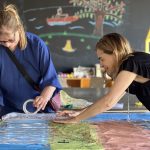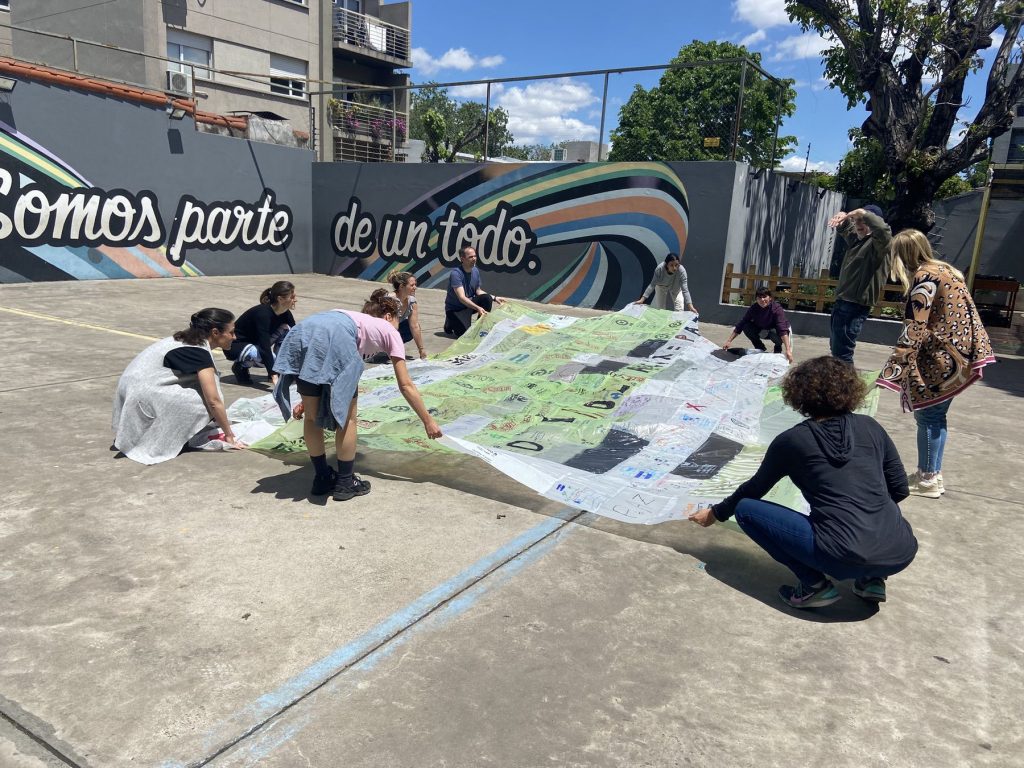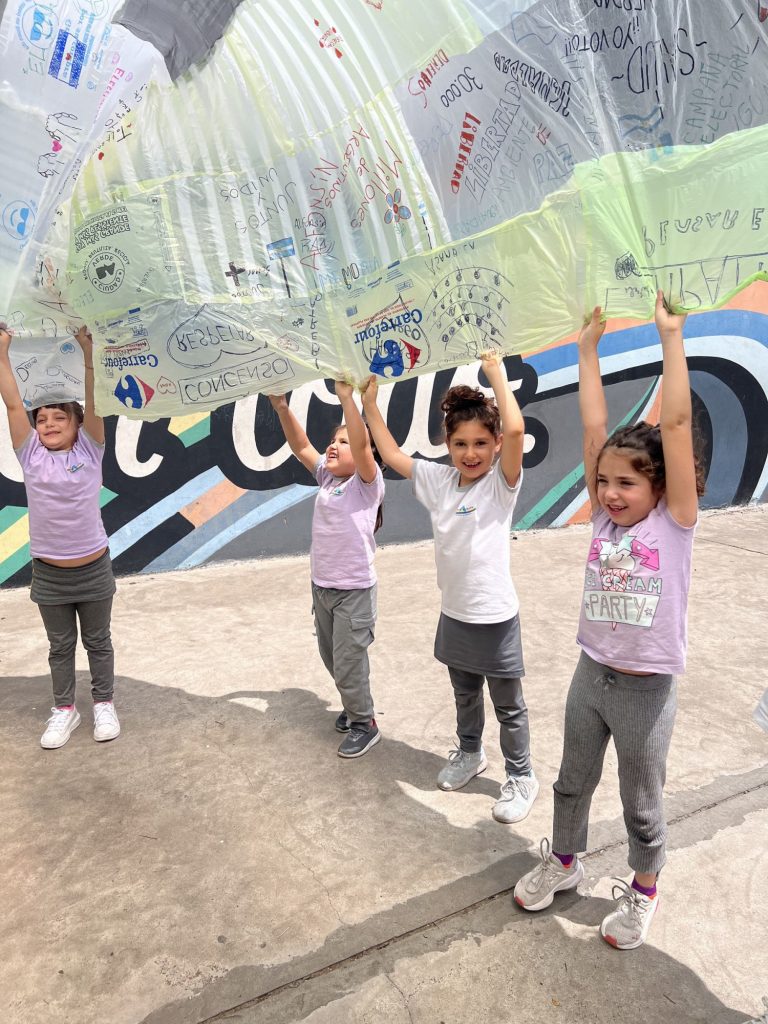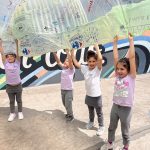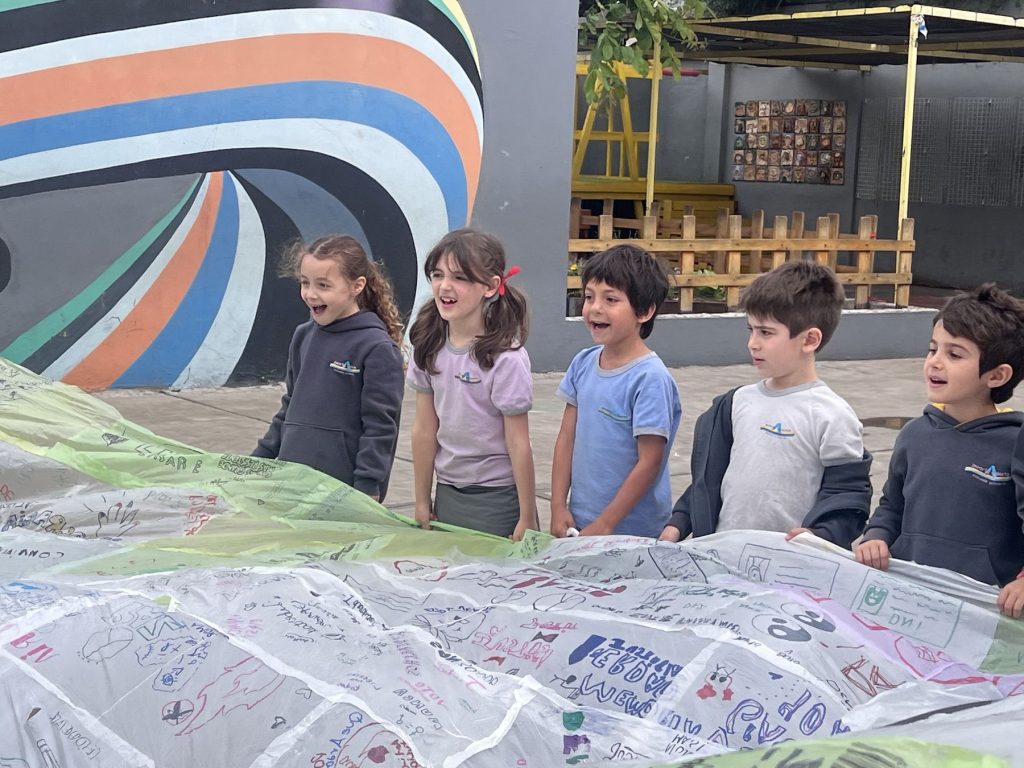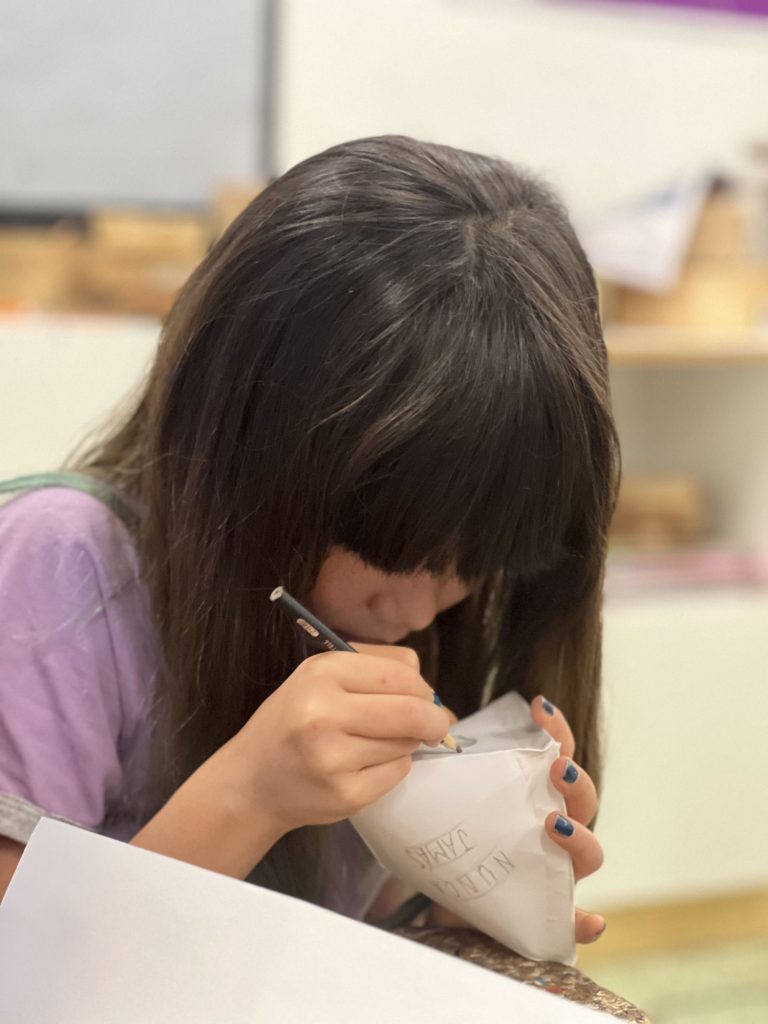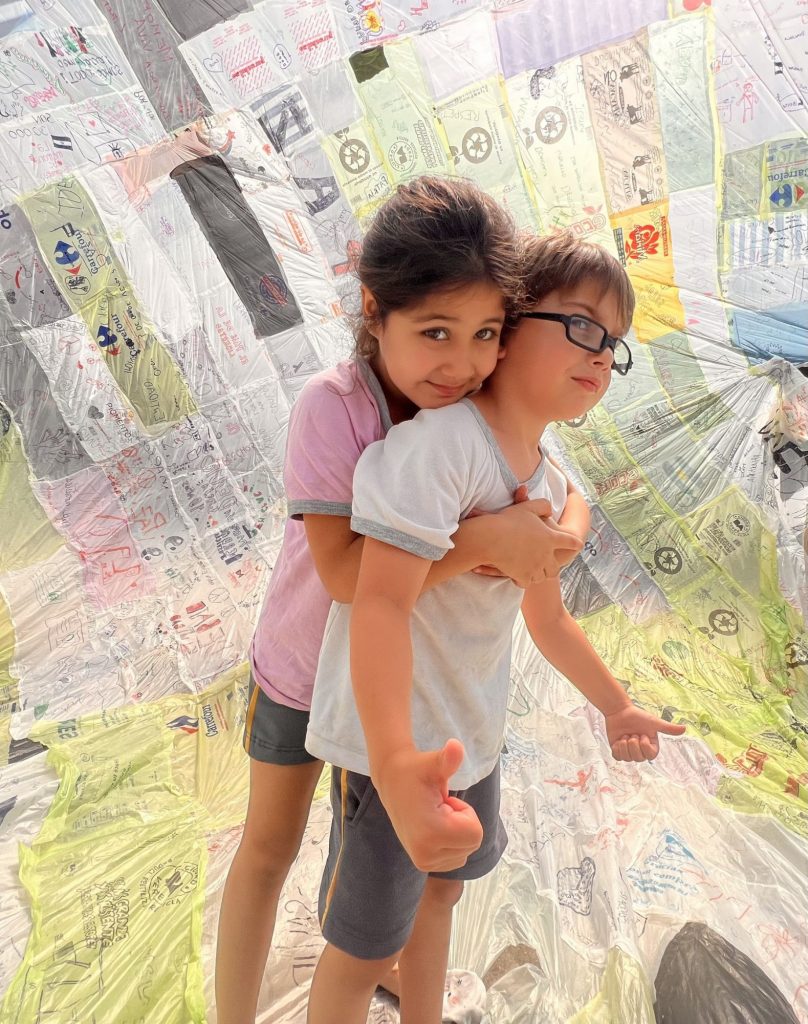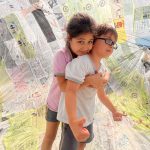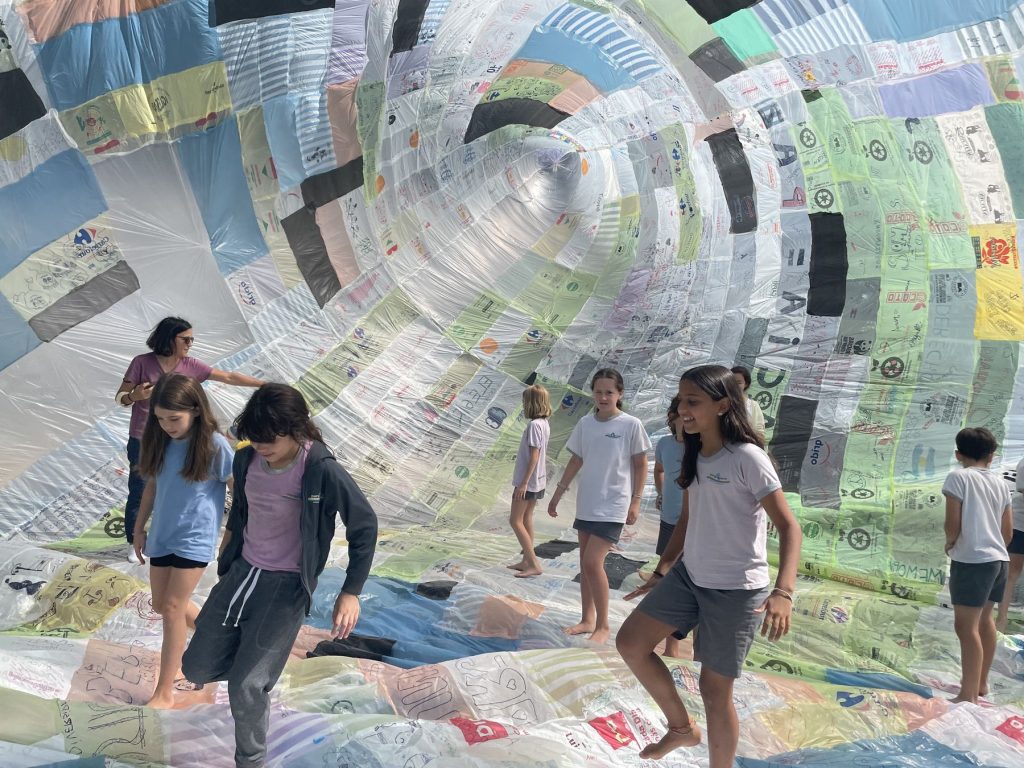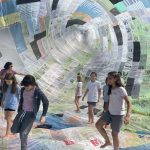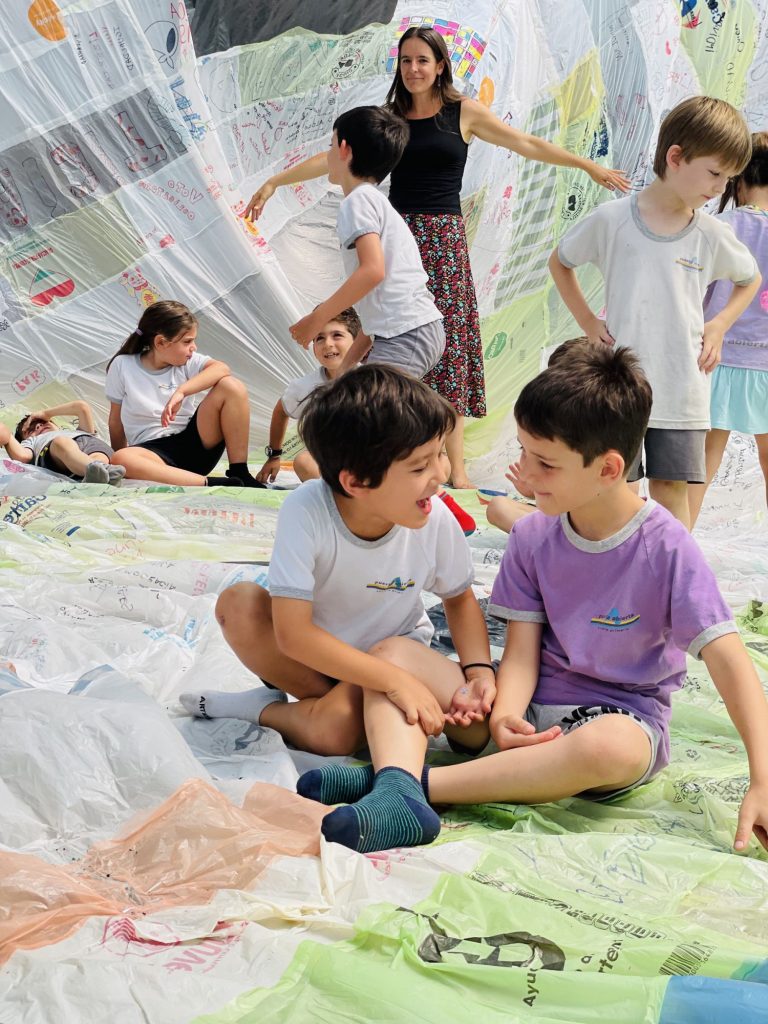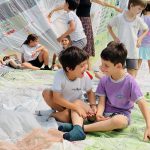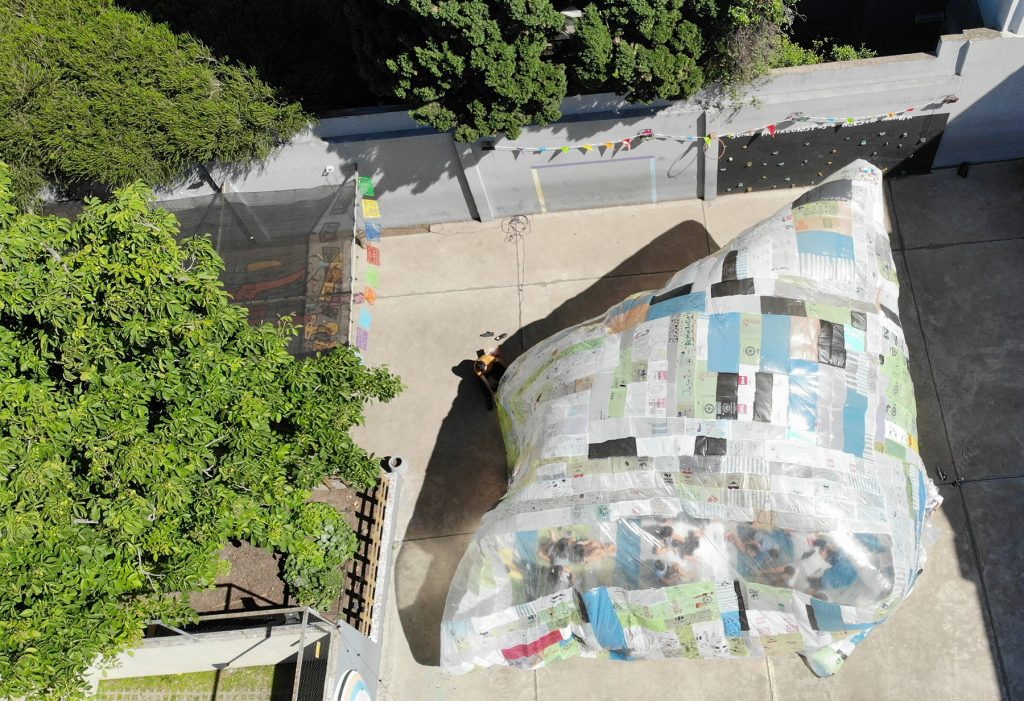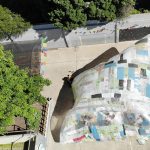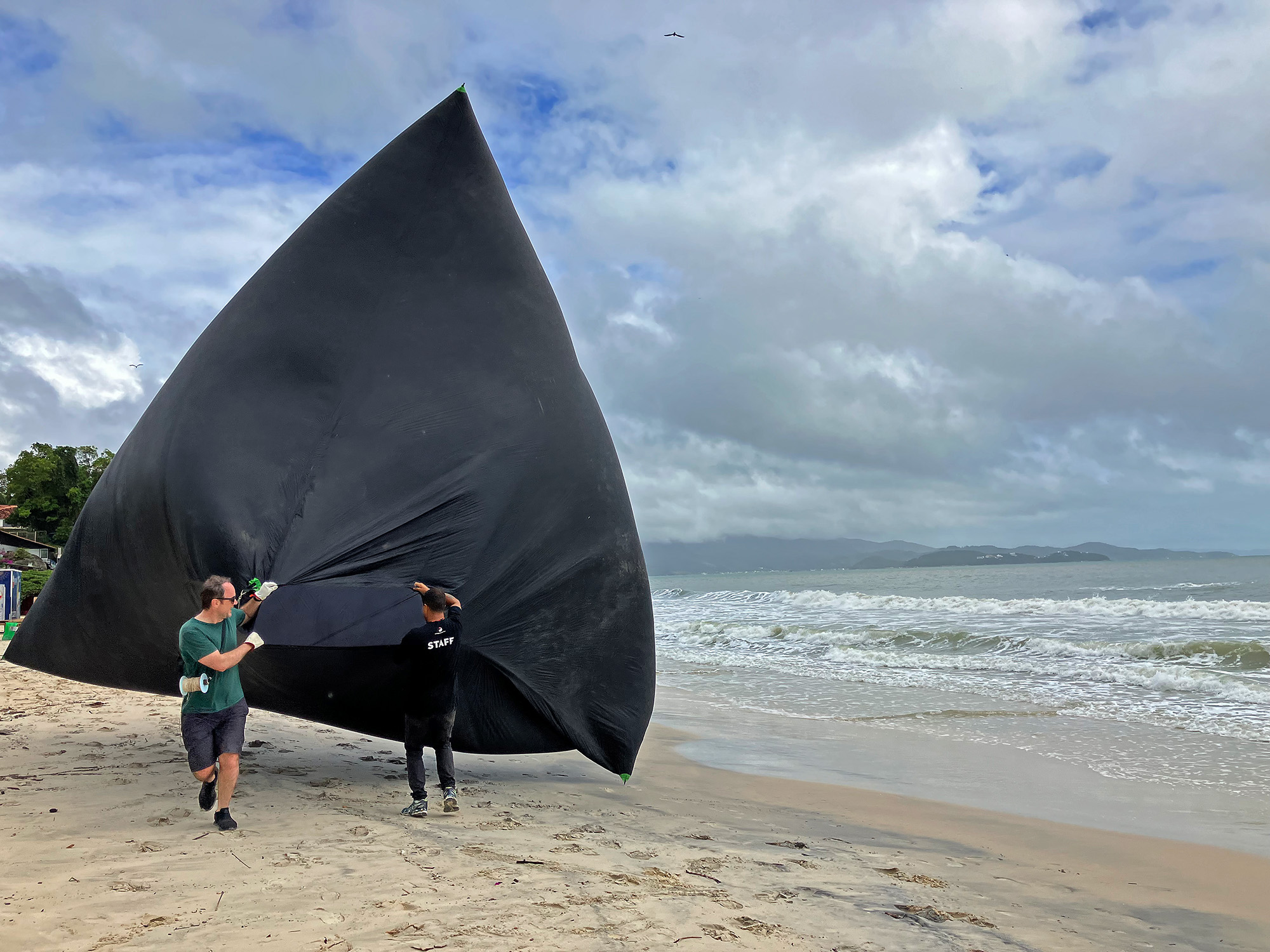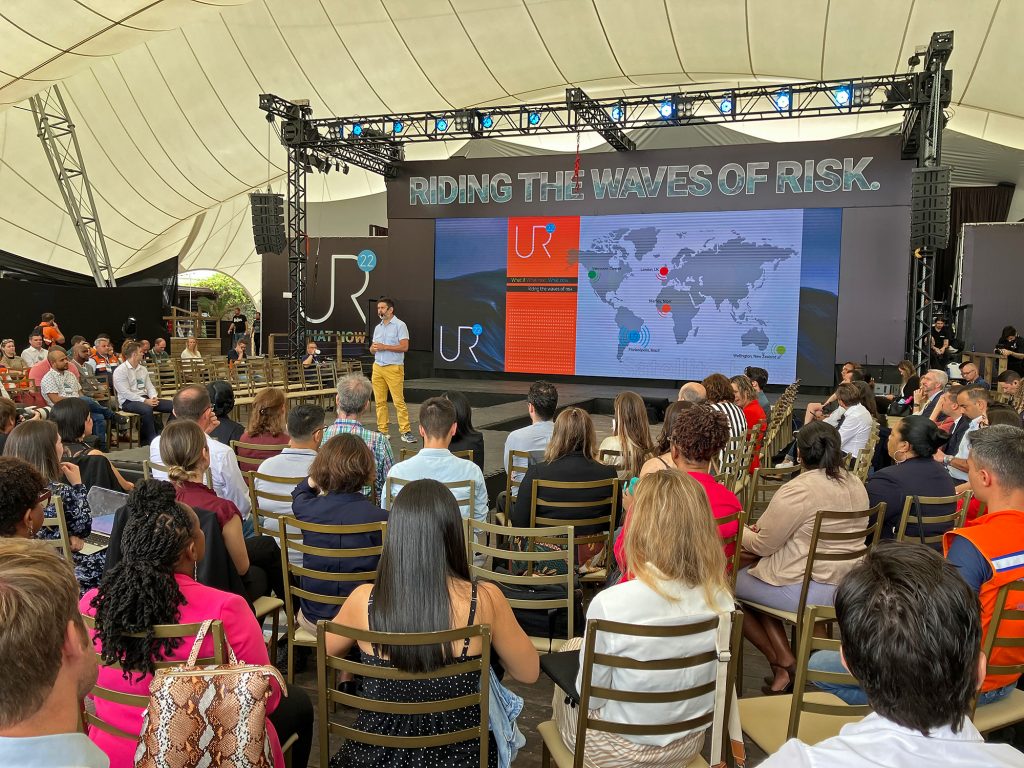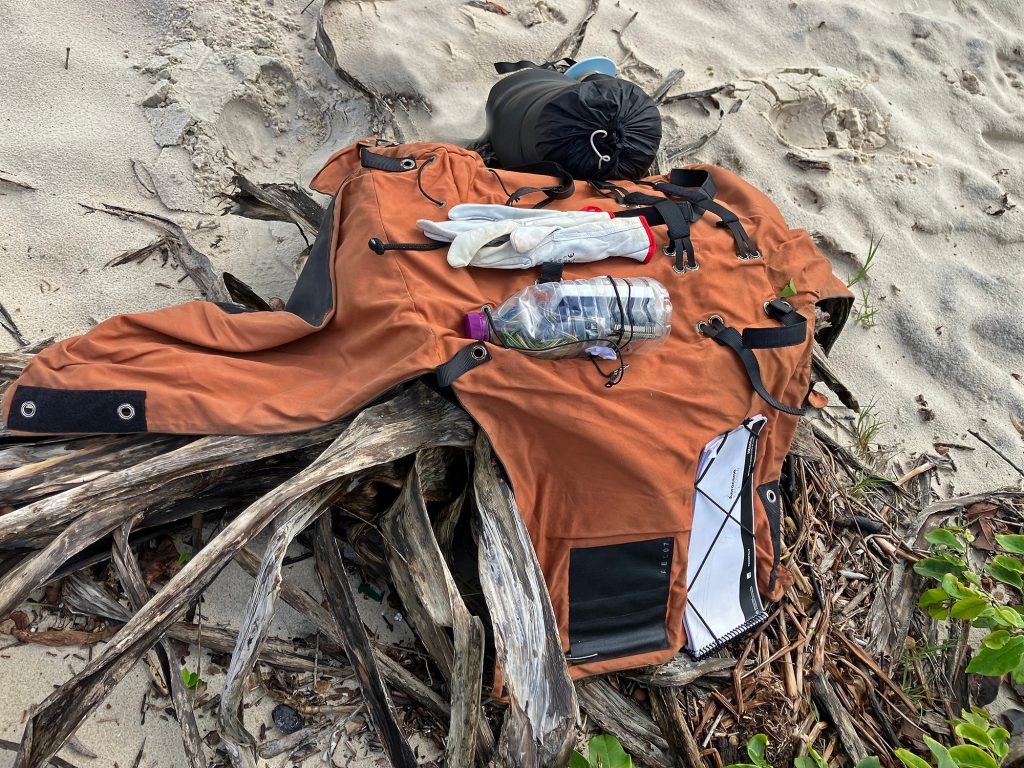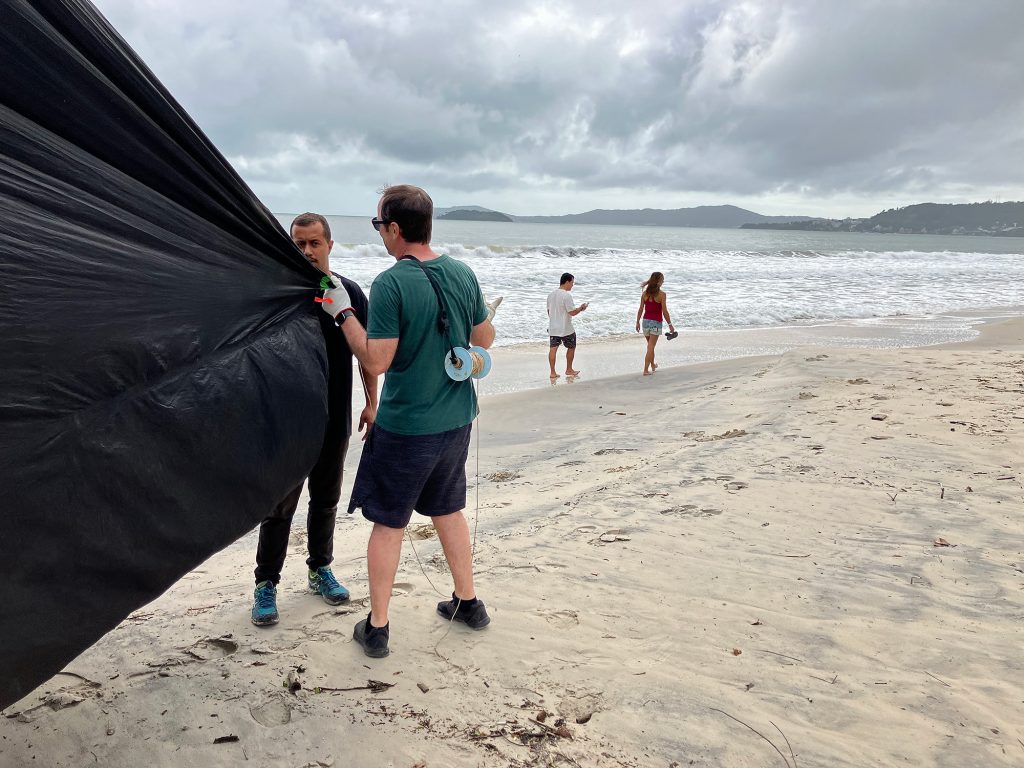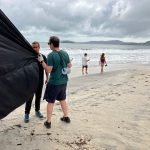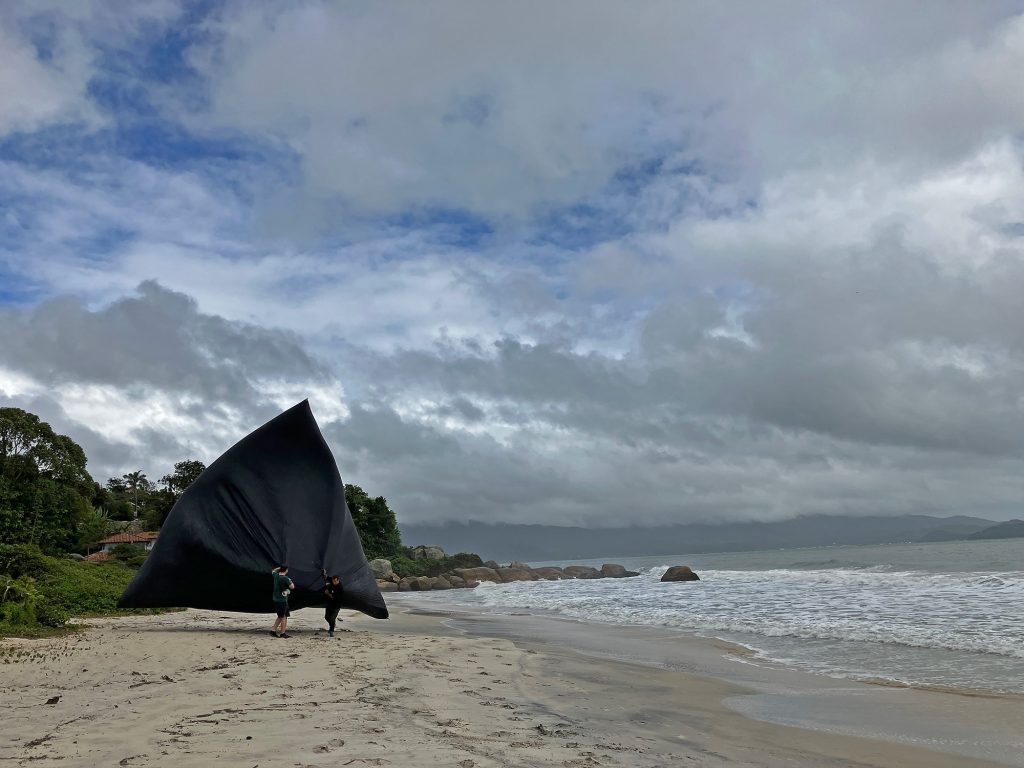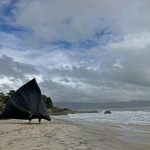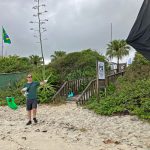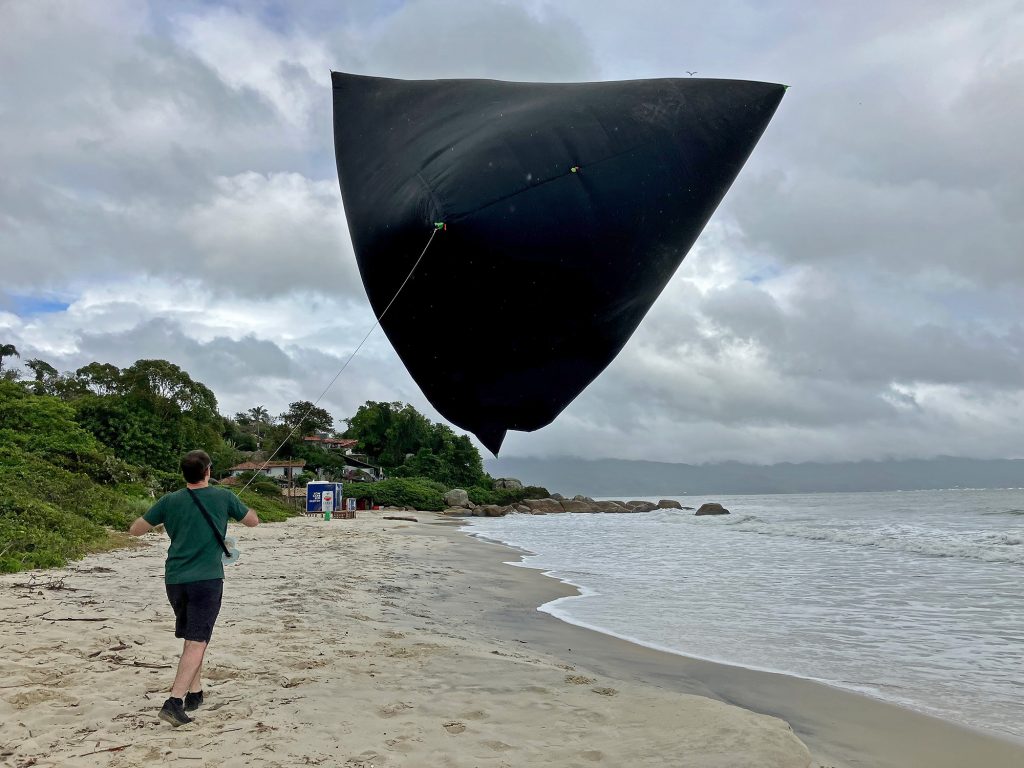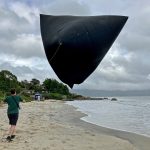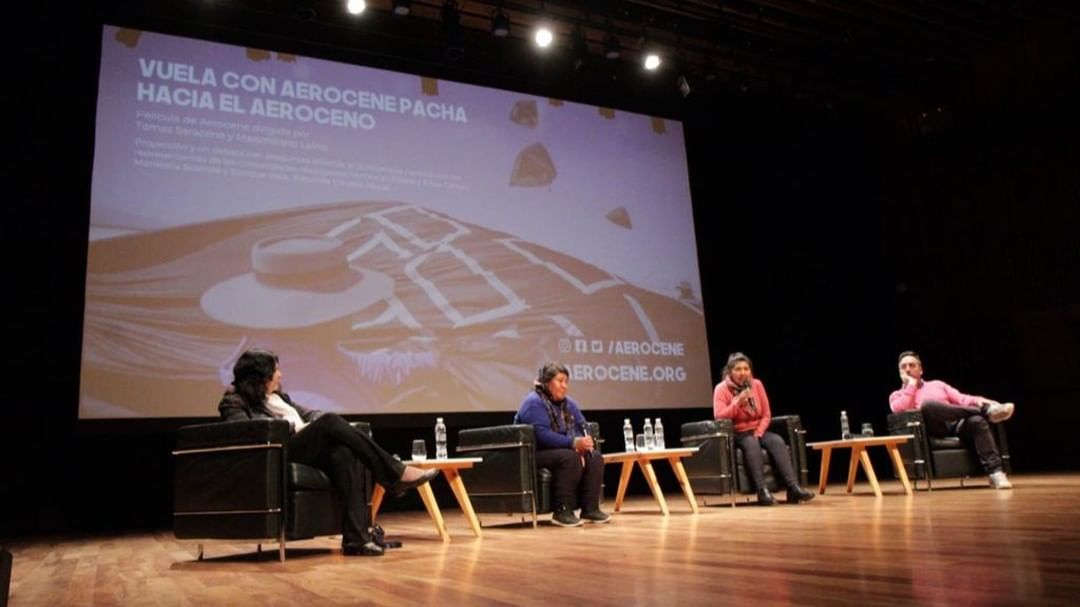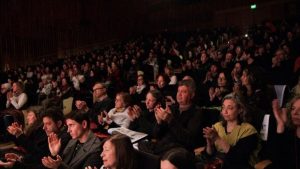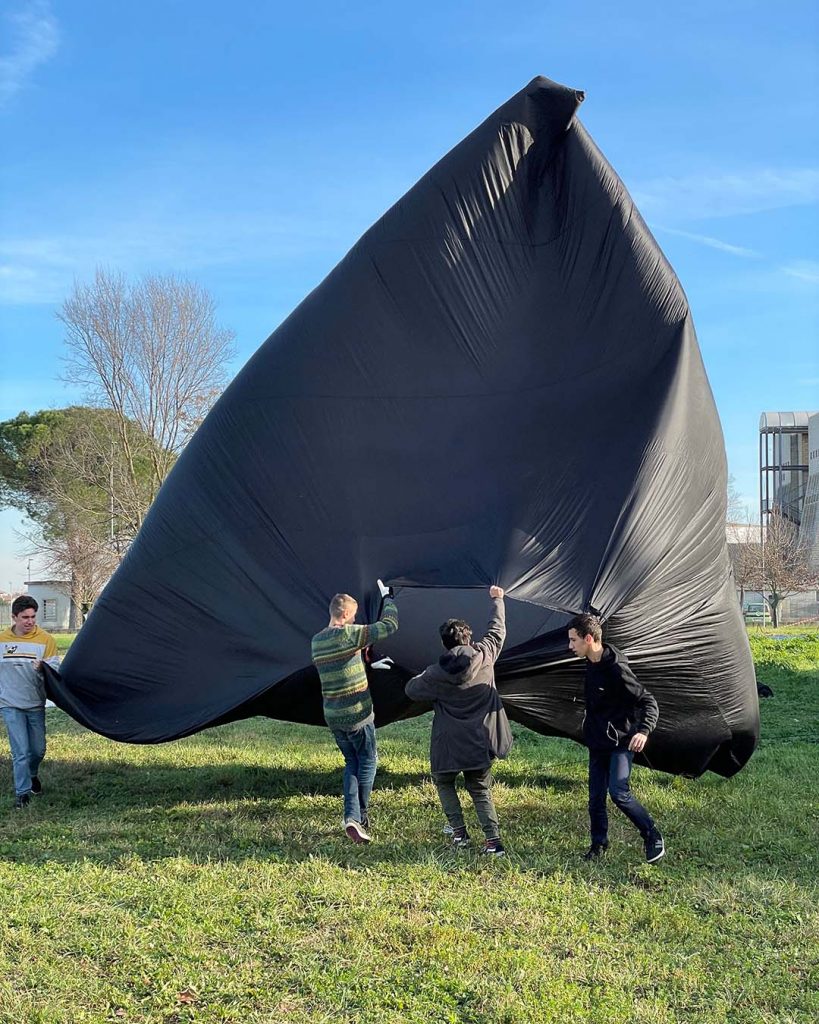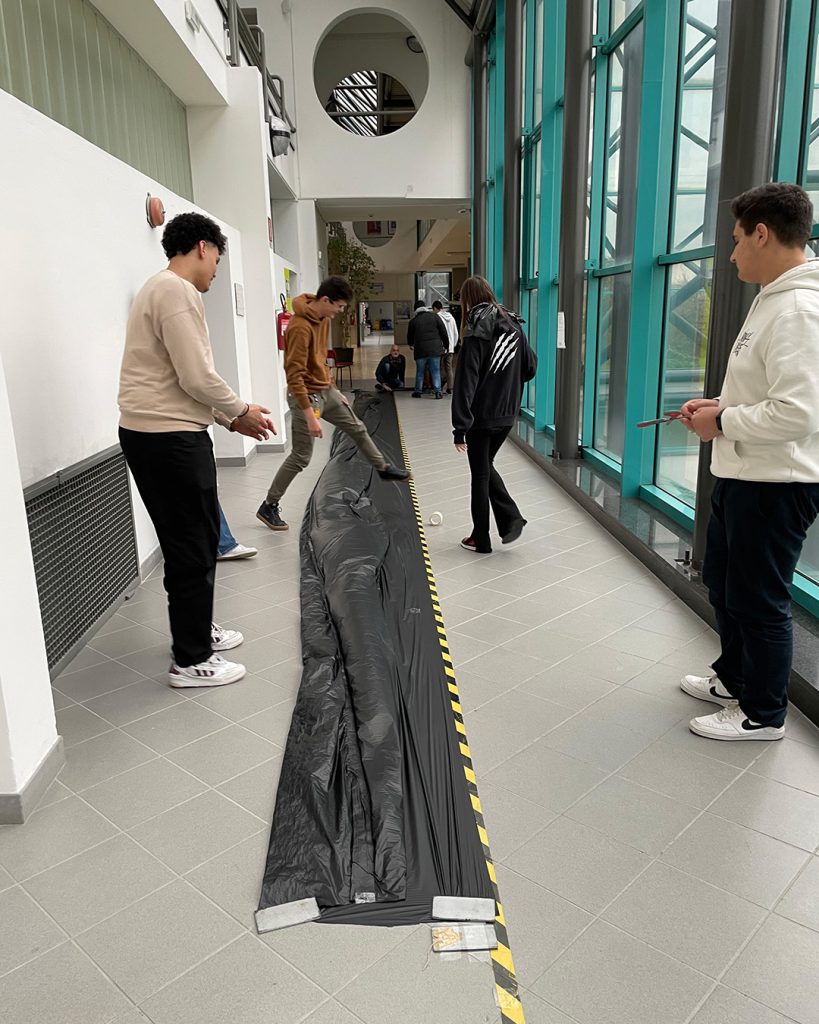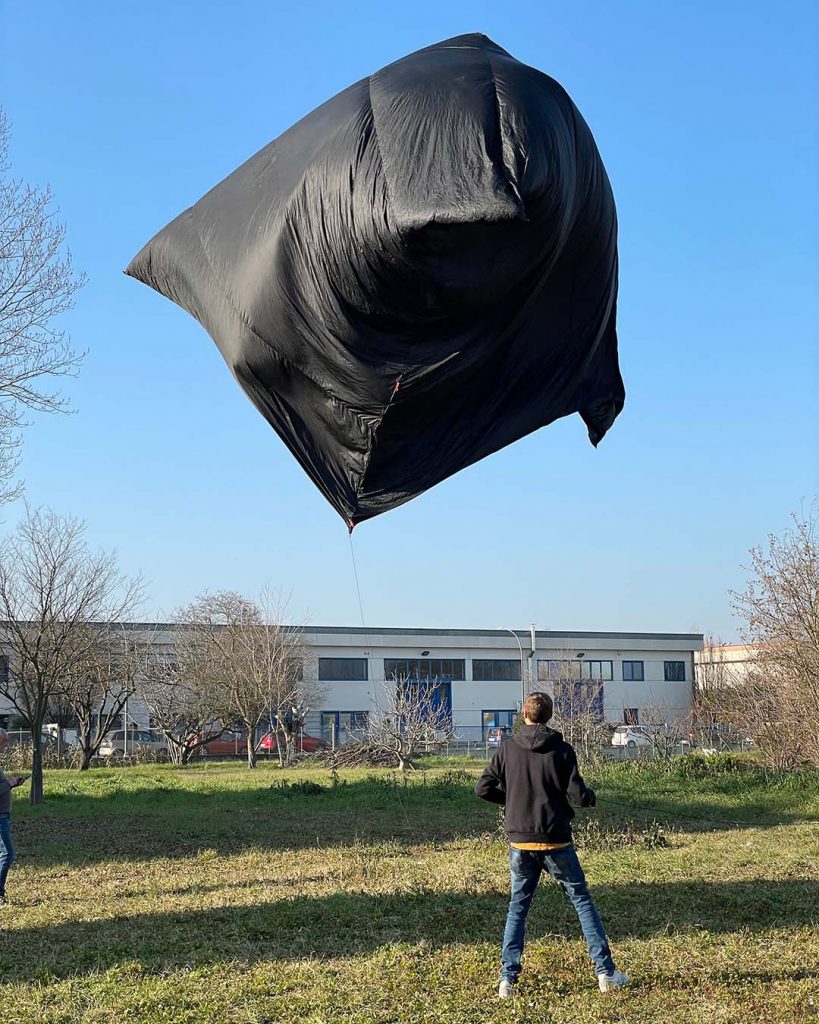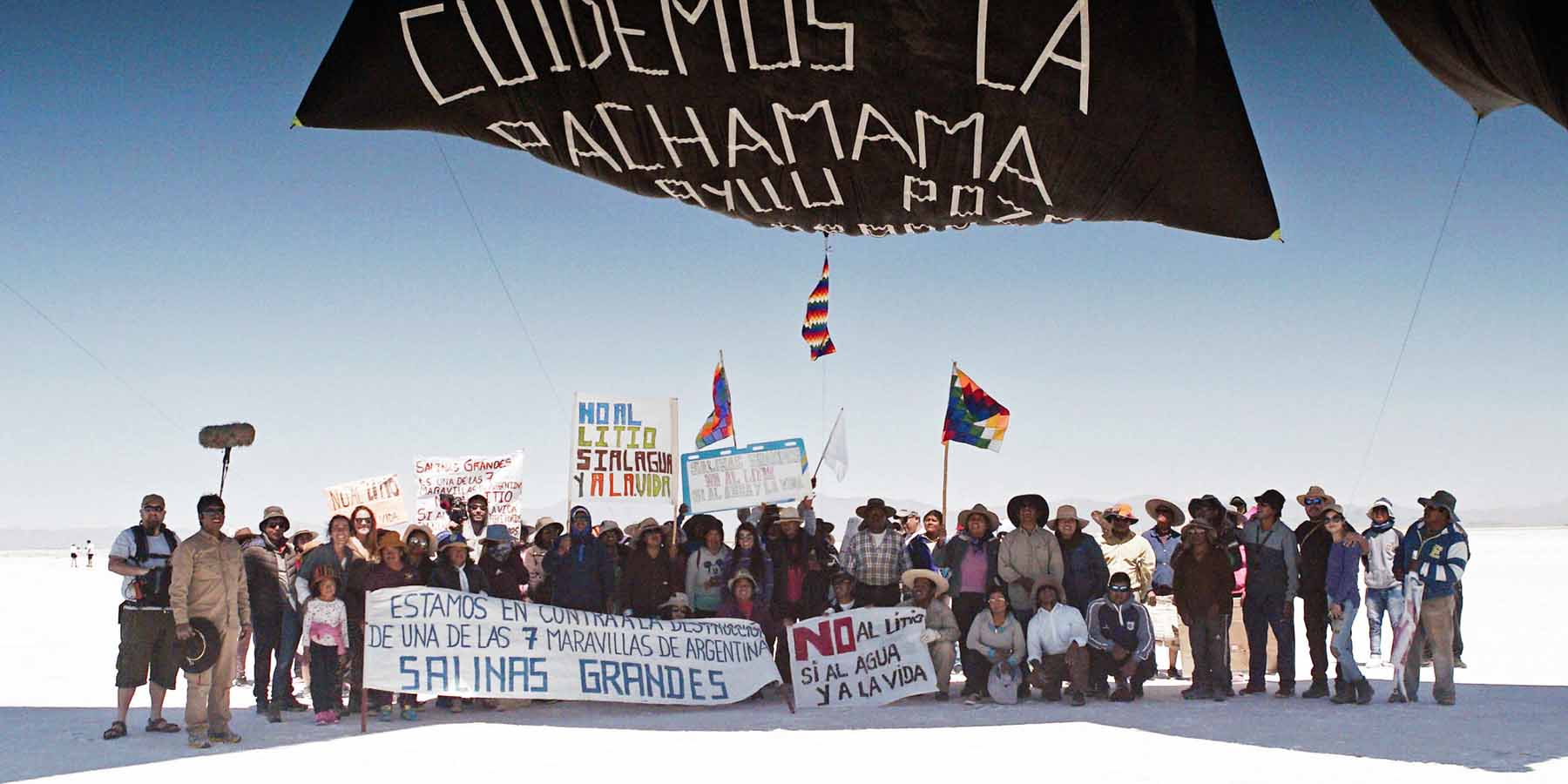Agradecimientos
Estudio Tomás Saraceno
Comunidad Aeroceno
Joaquín Ezcurra y Maxi Laina
Carlos Almeida
Primaria Puerta Abierta
Trixie Levy
Patri Gutman
Paula Schurman
Verónica Weisberg
Ana Williams
Vicky Chillado
Paola Salaberri
Giselle Bliman
Ma. Eugenia Martinez
Diego Divenosa
Carla Mier Torre
Equipo de maestros y maestras
Familias que se sumaron
Carolina, mamá de Haku D’Ovidio
Eugenia y Fernando, mamá y papá de Iván Molina
Julia, mamá de Nino Levacov Vilhena
Laura, mamá de Sofi y Santi Bello
Laura, mamá de Olivia Sosa Lucía, mamá de Nico Bustos
Moira, mamá de Rochi Sandor
Karina, mamá de Lorenzo Marin Muchevicz Paula y Gonzalo, mamá y papá de Juli Ramón
Romina, mamá de Vicente Bueno
Patricia, mamá de Oliverio y Fidel Torrella Casares
Cecilia, mamá de Vera Rosenberg
Carla, mamá de Ana Luz Ardalla Baglivo Luisina, mamá de Jero y Emilia Freytes Mariana, mamá de Toto y Lulo Aimaretti
Sabrina, mamá de Miranda y León
Giselle, mamá de Liber y Teo Cura Suaya
Lourdes, mamá de Felipe Moreno
Andrés y Nadia, mamá y papá de Teo Virzi
Viviana, mamá de Ochi y Eloi Arrués
María Clara, mamá de Pepi Mosquera Fernández
Carolina, mamá de Nika DAgostino Lital, mamá de Ramiro Nicodemo
Cecilia, mamá de Ciro Marchese
Bárbara, mamá de Guadalupe Ehmke
Natalia, mamá de Simona Camilleri
Eugenia, mamá de Balta, Clemen y Jero Sosa Fernanda, mamá de Dante y Milo Szulman Iván y Luciana, papá y mamá de Santiago Lemesoff
Marta Antonio, abuela de Ana Luz
Agradecemos a otras abuelas y tías que participaron y a toda la comunidad de Puerta Abierta que acompañó en las asambleas y la recolección de bolsas y especialmente a todos los maestros y maestras que hicieron posible este proyecto.











